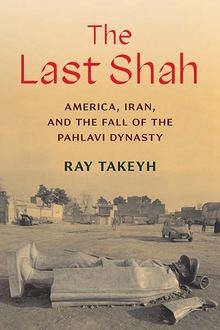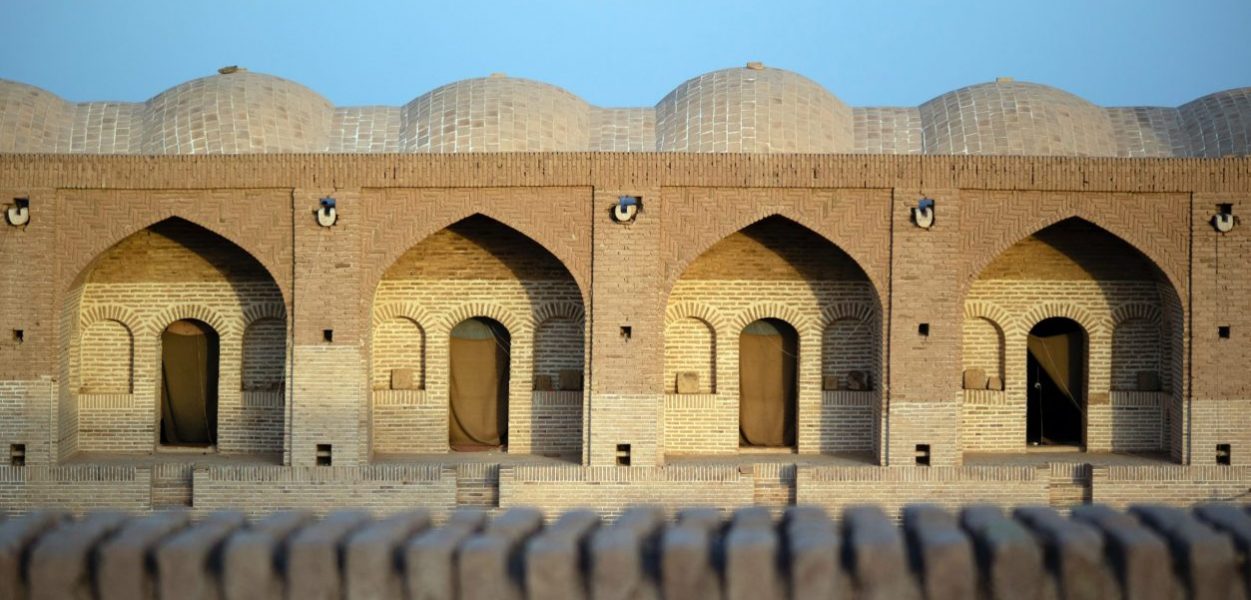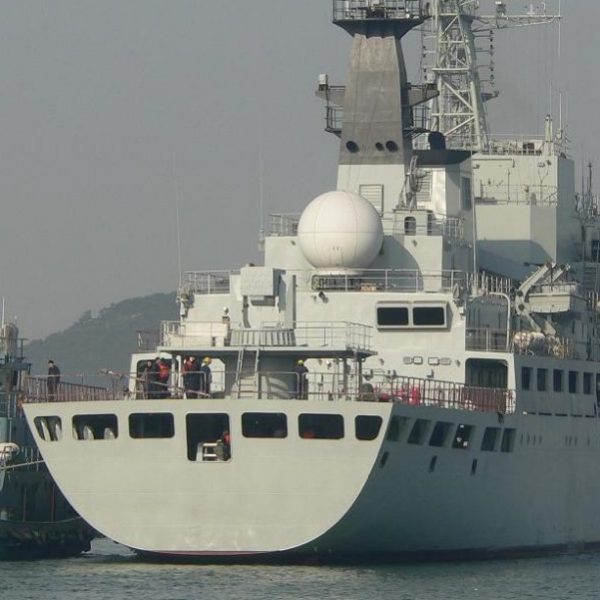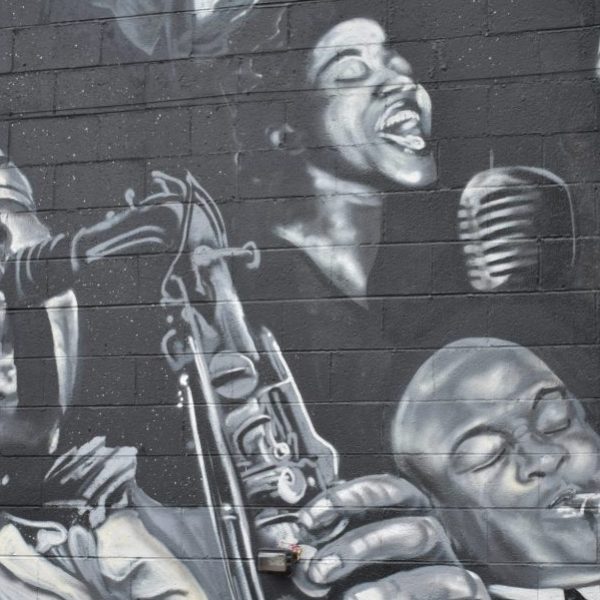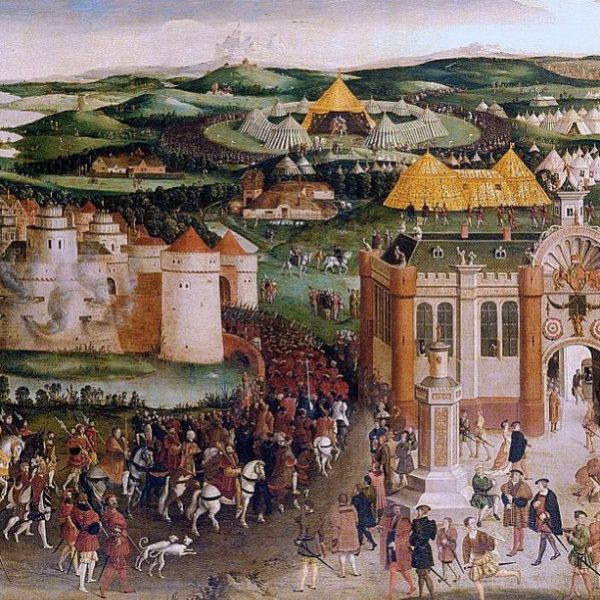The Last Shah
Ray Takeyh—
Why did Iran have a revolution in 1979? The immediate causes can be easily summarized: The economic recession of the mid-1970s had halted the shah’s development projects and created expectations that the state could not meet. Pervasive repression was making peaceful protest impossible. The decayed Pahlavi state lacked a sturdy foundation and had become merely a source of patronage to a dwindling elite. The American support that the shah needed as psychological backing had grown unsteady. The massive protest movement that broke out in the late 1970s had revealed that the upper echelons of the Pahlavi state were manned by hesitant functionaries with no real stake in perpetuating the monarchy. No one was willing to die for the shah, and the shah was dying of cancer. And the determined Ayatollah Ruhollah Khomeini had managed to unify the many strands of opposition behind his uncompromising stance even though, at the outset of the revolt, nearly all of the shah’s detractors were willing to come to terms with the regime. All of this is true but insufficient. To fully appreciate how a seemingly formidable monarchy collapsed so suddenly, one must trace its evolution from the time the shah first came to power, in 1941.
When Crown Prince Mohammad Reza Pahlavi first took over, he was twenty-one years old. The great powers had recently exiled his father, suspecting him of harboring pro-Nazi sentiments. The world was at war, and Iran was an occupied and impoverished country. The young shah, often depicted as a dilettante who occupied himself with palace pleasures and had little interest in affairs of the state, was instead an ambitious leader who believed that his country could prosper only if it was led by a modernizing autocrat supported by a cadre of technocrats who would discharge his many schemes. Throughout his life, the shah had contempt for democratic rule and believed that great things happen only when a benevolent dictator is in charge.
At first there were too many obstacles in the shah’s way, none more significant than the aristocracy. The landlords, merchants, urban notables, and clerics who made up the Iranian elite were tied to the traditions of their class and devoted to preserving their nation’s institutions, including the long-established monarchy. They dominated the parliaments and cabinets and had a real feel for the mood of the nation. This was rule by a narrow cast of elites, but the system was not without democratic trappings. The elections were manipulated, but they reflected an attempt to address local concerns. As men whose wealth was often tied to the land, these authorities could sense the peasants’ and laborers’ grievances and often responded to their distress. Town and country were tied together.
Iran at this point still produced great men who did much to save the country. Prime Minister Mohammad Ali Foroughi persuaded the Allies to respect Iran’s sovereignty and withdraw their forces shortly after the war. This was no small achievement for a country whose army had collapsed and whose monarch had been expelled because of his flirtations with Hitler. When Stalin lingered in Azerbaijan and contemplated dismembering Iran, it was another prime minister, Ahmad Qavam, who tricked the world’s most menacing remaining despot into meekly giving up his prey. Mohammad Mossadeq, as prime minister, did more than reclaim Iran’s oil from foreigners; his National Front Party had an expansive social-welfare agenda that was to bring health care and education to every Iranian. Ali Amini, Iran’s last great premier, prophetically warned the shah that monarchs who rule rather than reign end up doing neither.
The shah never saw the value of these men, and from the outset he chipped away at their authority. He was a man in a hurry, and they stood between him and his autocracy. After the war, he steadily increased his powers, dismissing politicians and undermining the parliament by creating an upper chamber that he controlled. The vibrant press was gradually silenced and independent political parties harassed into extinction. The military was to be the basis of his power and the officer corps his most reliable constituency. Soon he would create a secret police whose reputation for brutality belied its incompetence.
From The Last Shah by Ray Takeyh. Published by Yale University Press in 2021. Reproduced with permission.
Ray Takeyh is the Hasib J. Sabbagh Senior Fellow for Middle East studies at the Council on Foreign Relations and a former State Department official. He lives in Washington, DC.
